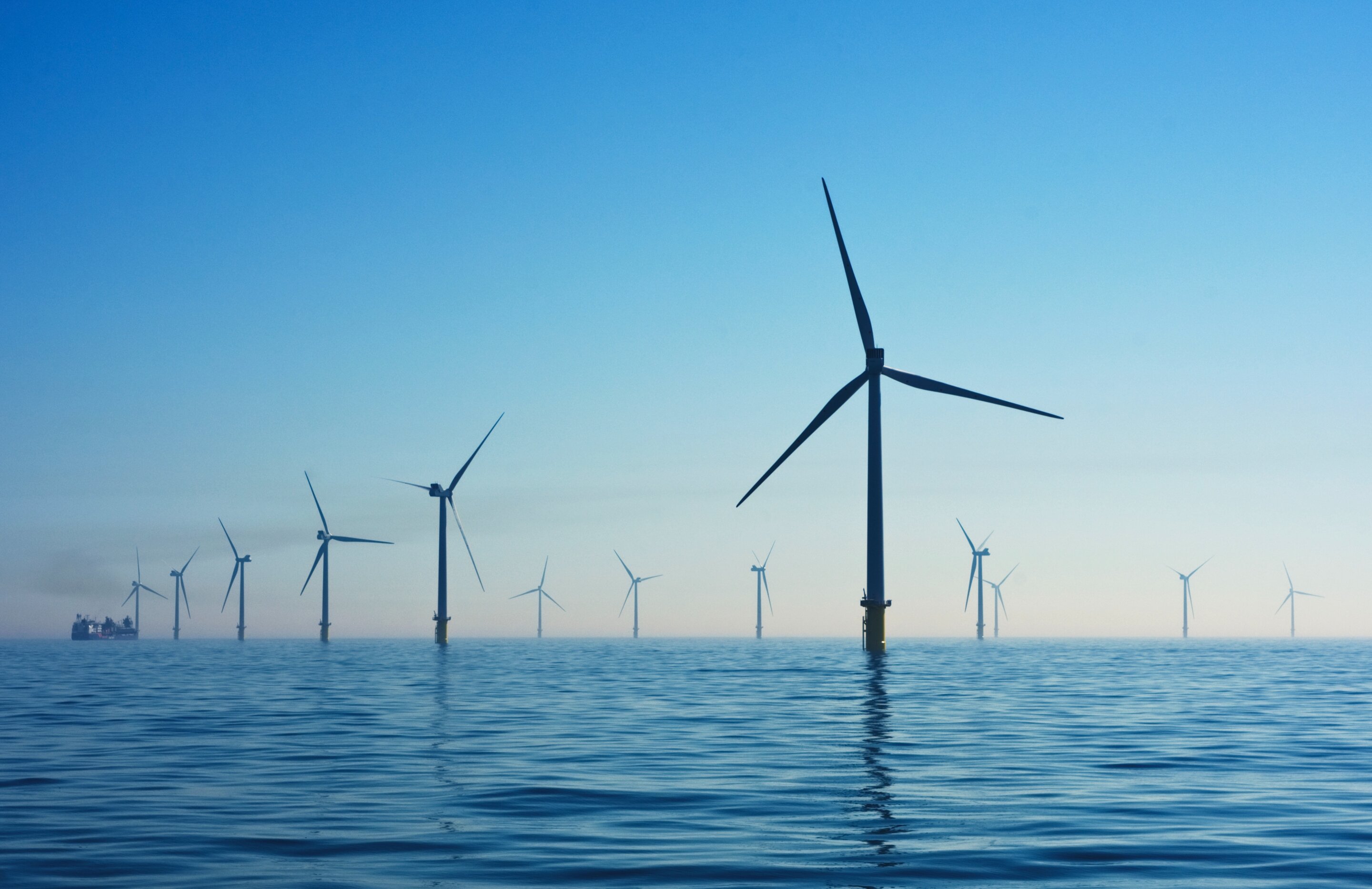
Deepwater divers who monitor and maintain underwater transmission lines and cables for offshore wind turbines face hazards such as subfreezing temperatures, low visibility, jellyfish and sharks.
A new project at The University of Texas at Dallas' Wind Energy Center, known as UTD Wind, is designed to make the divers' jobs safer through the development of remote-monitoring technology for offshore wind farms.
The project, which began in March, expands UTD Wind research into a new area focusing on safety. Researchers will develop digital twins, or virtual models, to simulate wind turbines, and algorithms to extract information about failures from simulation data.
"We're focusing on something very important: safety. In every industry, you want zero accidents," said Dr. Mario Rotea, professor of mechanical engineering in the Erik Jonsson School of Engineering and Computer Science and principal investigator. "We're working to develop technology to reduce human exposure to hazardous conditions in the ocean environment."
Working with Rotea are co-principal investigators Dr. Todd Griffith, professor of mechanical engineering, and Dr. Jie Zhang, associate professor of mechanical engineering. The UTD researchers are working with collaborators from NEC Laboratories America and Texas A&M University.
There are two types of offshore wind turbines: fixed platform and floating platform. Fixed platform turbines are built closer to the coast in more shallow water, while floating platform turbines can be miles from the coast, with cables and mooring lines connected to a seabed more than 100 feet below sea level.
The power transmission lines connect to a transmission center, which transfers power to the electrical grid. The water can be as deep as 200 feet. Fixed and floating wind turbine platforms pose risks to personnel and vessels that are not seen at wind power projects on land, Rotea said.
"If we can use technology to provide early warnings and prevent a diver from having to inspect an underwater cable, that would be excellent," said Rotea, who is also the director of UTD Wind.
The researchers' goal is to place sensors in accessible locations to detect damage and transmit early alarms about any problems. The technology will provide information about the conditions and improve safety for offshore wind energy personnel if they need to intervene, Rotea said.
In 2023, wind energy represented nearly 29% of energy generation in Texas, which has more wind turbines—15,300—than any state in the country, according to the state comptroller's office.
Citation: Researchers develop technology to improve offshore wind safety (2024, April 18) retrieved 18 April 2024 from https://techxplore.com/news/2024-04-technology-offshore-safety.html
This document is subject to copyright. Apart from any fair dealing for the purpose of private study or research, no part may be reproduced without the written permission. The content is provided for information purposes only.
